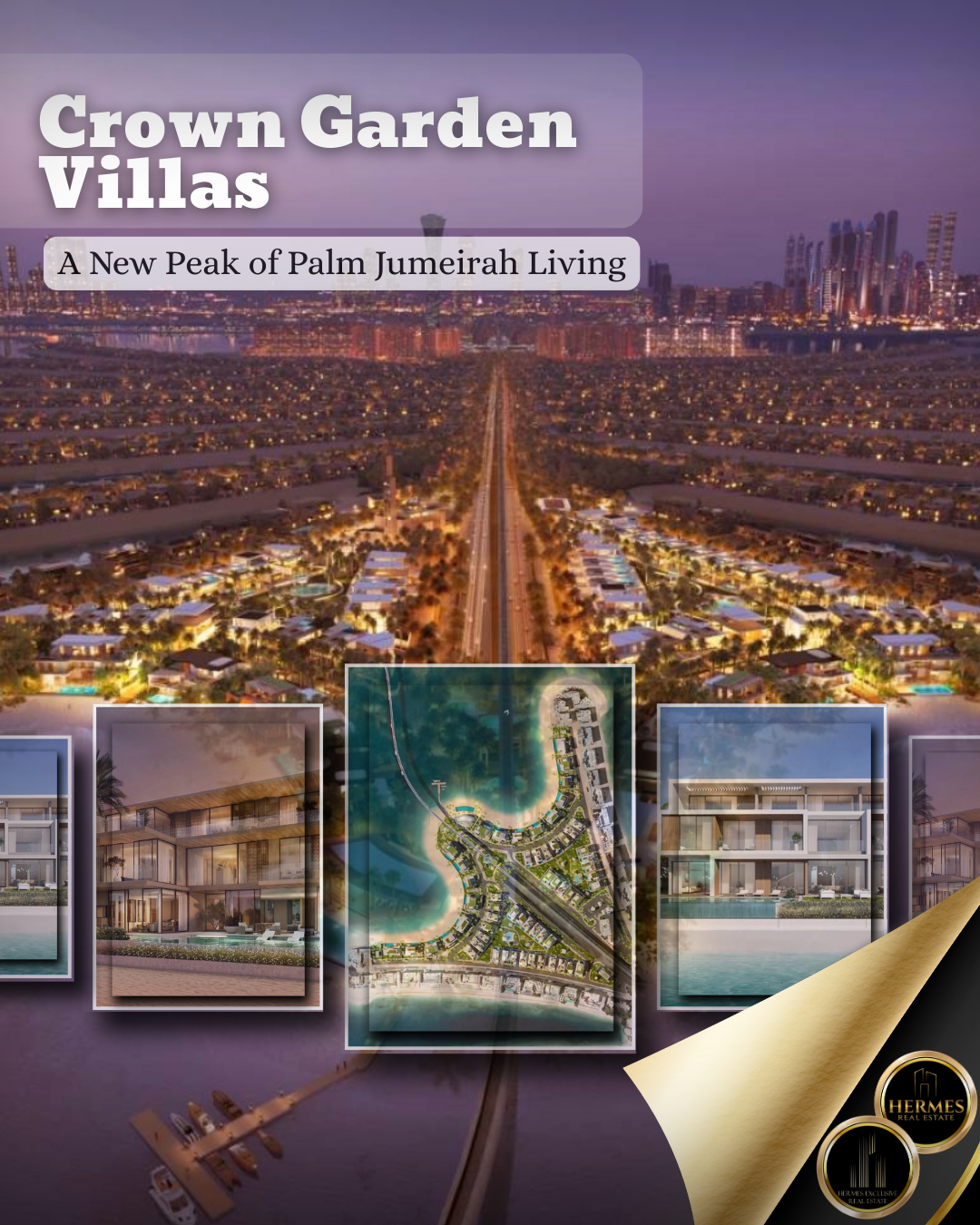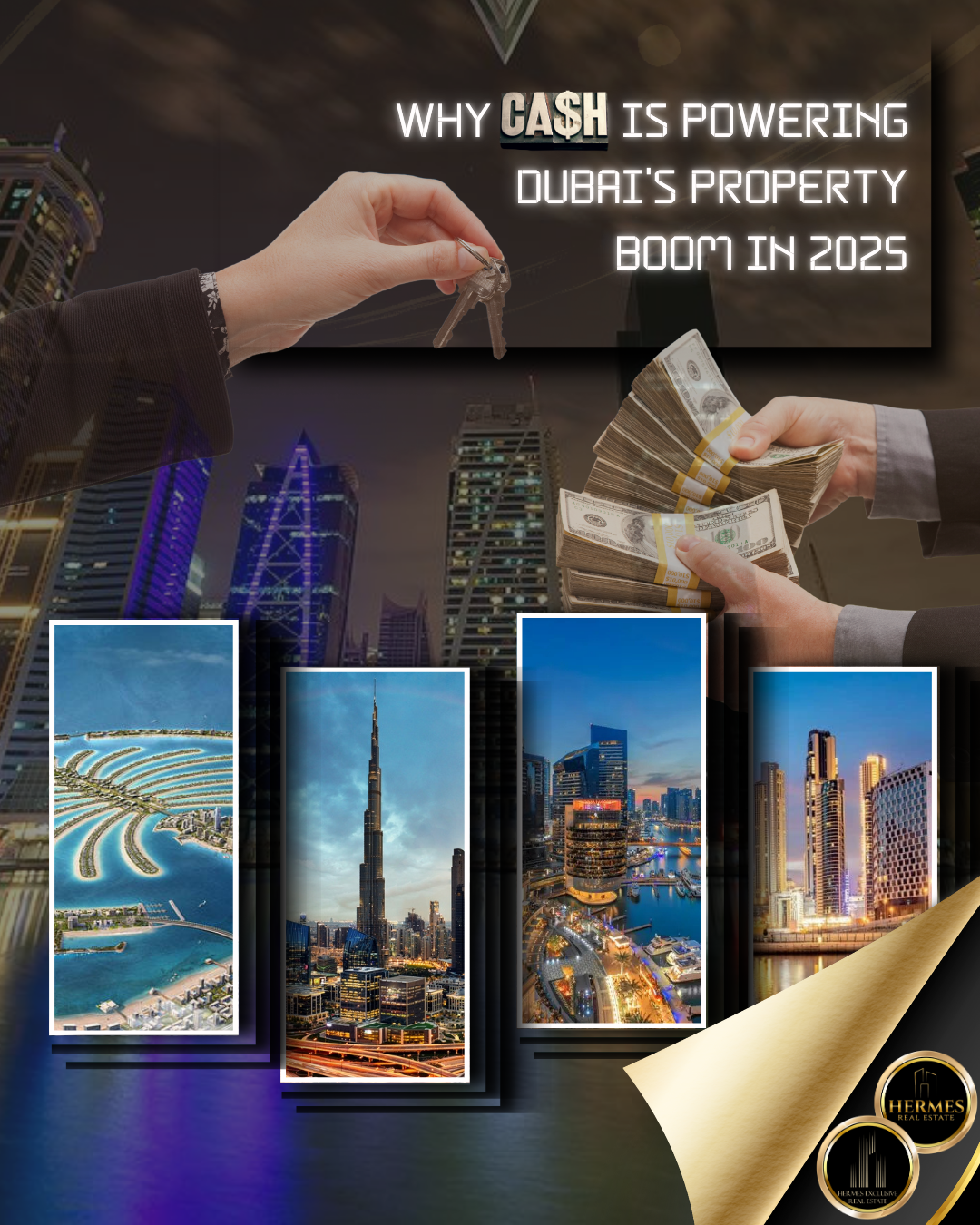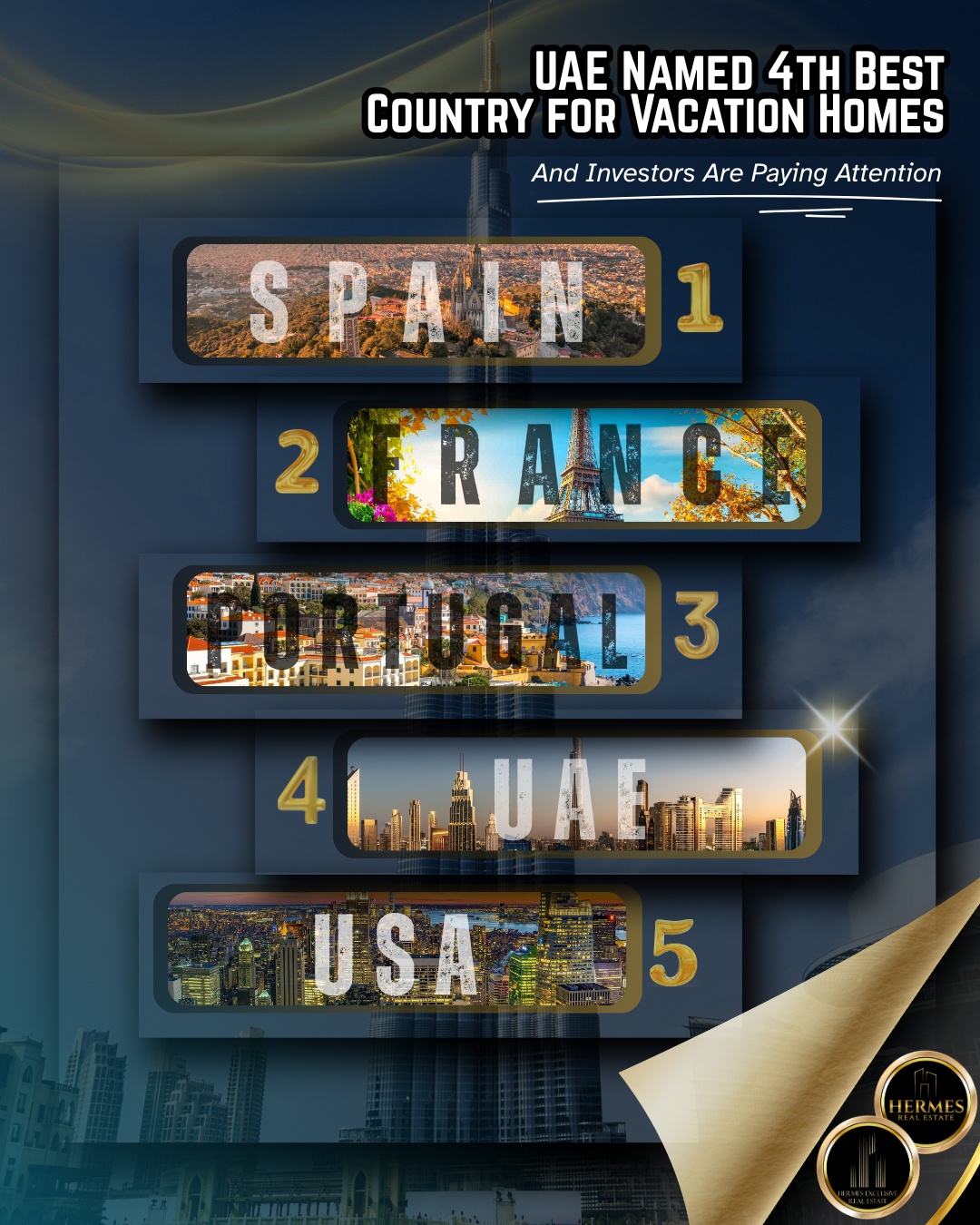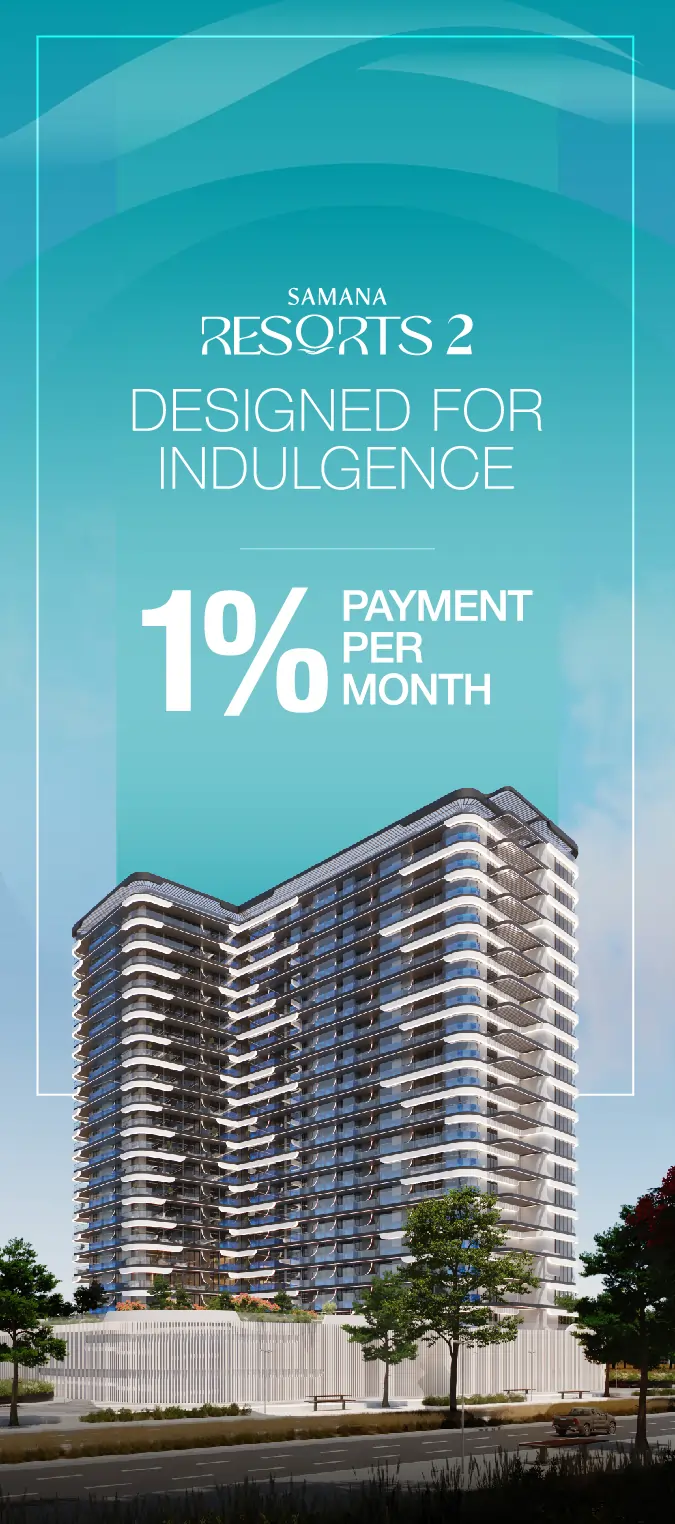By: Olga Bekhteneva
Co – Founder of Hermes Real Estate
Picture this: a skyline already glittering with glass towers, yet every time you glance away and back, another crane seems to have appeared. That’s the reality in the UAE right now. The country’s construction machine isn’t just humming—it’s roaring. And if forecasts prove right, annual construction output will soar to $130.8 billion by 2029, up from a record $107.2 billion in 2024.
For investors, that number isn’t just impressive – it’s a signal. A market that continues to grow, even after hitting historic highs, deserves a closer look.
Dubai vs. Abu Dhabi: A Tale of Two Strategies
Let’s break it down. Dubai has long doubled down on diversification. With oil accounting for less than 1% of its GDP, the emirate built its global brand on tourism, trade, and real estate. That strategy is paying off big time.
Today, 75% of Dubai’s project activity is in construction. Compare that with Abu Dhabi, where oil and gas projects still dominate at 40%, with construction making up just 23%.
This explains why Dubai has topped the global charts for foreign direct investment (FDI) into greenfield projects three years running. Global capital trusts Dubai’s growth story, and the city keeps delivering.
The Pipeline: What’s Actually Being Built?
Here’s what’s in the works:
- Mixed-use mega-projects lead the way (42%), combining residential, retail, and office spaces.
- Residential developments are next (28%), fueled by a population set to jump from 3.4 million in 2020 to 5.8 million by 2040.
- Data centres (9%) highlight Dubai’s push into digital infrastructure.
- Hospitality projects (4%) reflect a tourism sector that’s not slowing down.
Case in point? Upcoming projects like Palm Jebel Ali, The Oasis by Emaar, Marsa Al Arab, Therme Dubai, and Naia Island are not just adding units—they’re shaping Dubai’s future skyline and lifestyle.
And don’t forget infrastructure: the Dubai Metro’s 15km Blue Line expansion by 2029 will anchor entire new communities.
What This Means for Investors
Here’s the practical takeaway: supply is growing, but demand is growing faster. Knight Frank estimates that by 2028, Dubai will deliver around 8.2 million sq ft of new office space but demand will still outstrip it. The same holds true for housing, with the city’s population boom underpinning residential momentum.
That imbalance, more demand than supply is what creates investor opportunities. Think higher rental yields, capital appreciation, and a steady pipeline of international tenants and buyers.
Looking Ahead
Dubai isn’t just adding buildings; it’s rewriting what a post-oil economy can look like. Smart cities, diversified income streams, and global capital inflows are the new pillars.
So, the question isn’t whether the UAE’s construction boom will continue it’s how investors will position themselves to ride the wave.
Because in Dubai, the cranes on the horizon aren’t slowing down anytime soon.
